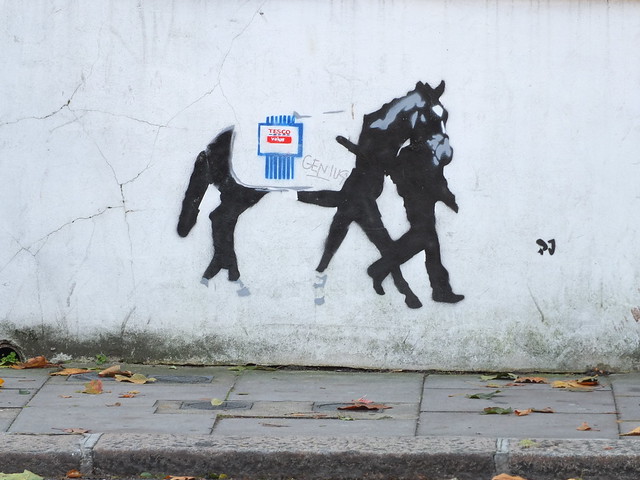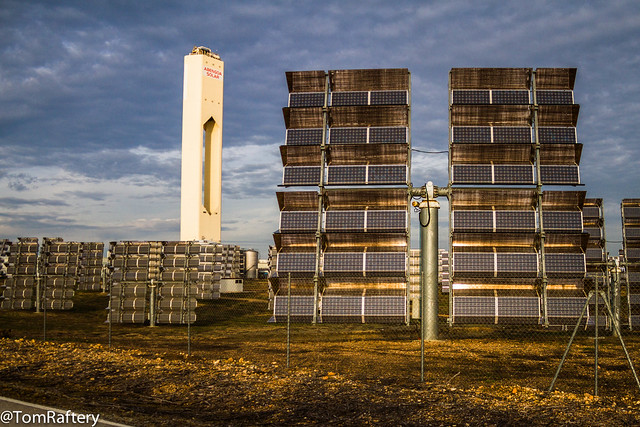Massive Open Online Courses, or MOOC’s as they are also known, are training courses delivered online, allowing for large numbers of students to enroll in the courses. When I signed up for an introductory data science course with Coursera last year I had over 50,000 ‘classmates’ taking the course with me. The network effect of haveing thousands of students taking the same course at the same time meant that the forums were actually useful places to interact and get questions answered.
I was interested then to hear from DJ Adams that SAP is running a MOOC on Sustainability and Business Innovation. The course is being given by SAP’s Chief Sustainability Officer, Dr. Peter Graf.
It is a six week course, commencing on April 29th (2014), with 4-6 hours of instruction per week, with a final exam on June 10-17th (2014).
The course content (below) looks to be quite comprehensive:
Week 1: The Business Case for Sustainability
The week contains the following units: Welcome; Root Causes; Sustainable Value Creation; Engaging Top Management; Organizational Setup for Sustainability & The Role of ITWeek 2: Sustainable Strategies
The week contains the following units: Crafting a Sustainable Strategy; Stakeholders and Materiality; Analysis and Target Setting; Examples of Environmentally Driven Initiatives; Examples of Socially Driven Initiatives & Examples of Transformational InnovationWeek 3: Sustainable Business Processes (Part 1)
The week contains the following units: Embedding Sustainability Into Business Processes; Sustainable Design; Sustainable Sourcing and Procurement; Sustainable Production & Sustainable LogisticsWeek 4: Sustainable Business Processes (Part 2)
The week contains the following units: Sustainable Consumption; Sustainable End-of-Life Processes; Environmental and Social Capital Accounting; Sustainability in Finance and Administration; Sustainability in HR & Sustainability in IT, aka Green ITWeek 5: Stakeholder Engagement
The week contains the following units: Engaging Line of Business Leaders; Engaging Employees; Engaging Society – Corporate Social Responsibility; Engaging Business Partners, Authorities and Opinion Leaders & Engaging InvestorsWeek 6: Sustainability Reporting
The week contains the following units: Purpose, Audiences and Standards; Data Quality and Assurance; Integrated Reporting; Report Delivery; Rankings and Recognition & Recap of Key Course LearningsWeek 7: Final Exam
I’m particularly happy to see the data quality and assurance being covered. With the move towards an increasingly quantified and transparent world the importance of knowing how to measure and interpret data cannot be underestimated.
If you are interested in signing up, or simply knowing more about the course, head on over to the course site, preferably before the class commences this coming April 29th. Over 9,200 people have already registered, so it looks like it will be a lively few weeks for all involved.





